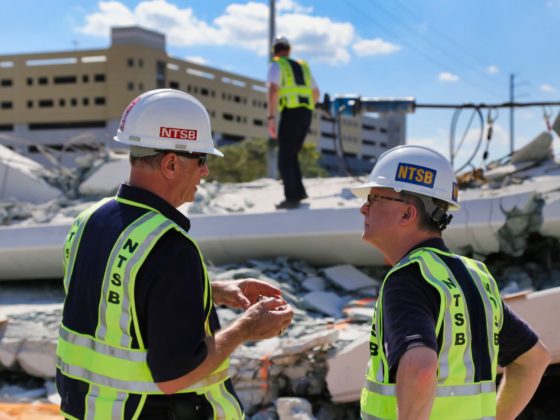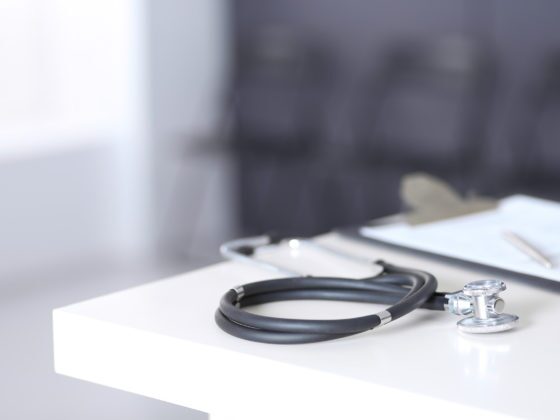Breast cancer is the second leading cost of death among women and the leading cause of cancer death among Hispanic women. Women are taught at a very early age that they should conduct breast self – examinations at home to help detect changes in their breasts which they then may discuss with a professional health care provider. Sometimes, these self – examinations reveal lumps or abnormalities. While many of these lumps may be benign or insignificant, some can be more nefarious.
Jenny Ochoa would conduct these examinations at least once a month while showering. On September 2, 2018, Jenny, who was 37 years old, was alarmed when she noticed a lump in her left breast. Jenny immediately contacted her primary care physician Dr. James McMann. Dr. McMann’s office provided Jenny with a doctor’s appointment three days later. Accordingly, on September 5, 2018, Dr. McMann examined Jenny and noted that she had a painless, palpable lesion in her left breast which he noted to be a solitary cyst. He wrote a prescription for a “screening” bilateral mammogram and breast ultrasound.
Being under the age of 40 and having never had a mammogram, Jenny was unfamiliar with the difference between a screening mammogram and a diagnostic mammogram. Screening mammograms are routine in nature and do not provide as many views or images as a diagnostic mammogram would. While a screening mammogram is routinely ordered for women over the age of 40 on an annual basis, physicians should order a diagnostic mammogram when a patient, such as Jenny, has a suspicious complaint. Unfortunately, Dr. McMann ordered a “screening mammogram”.
The following day, Jenny presented to a local hospital where a screening mammogram and ultrasound were performed. The mammogram showed a 7 mm nodule in Jenny’s left breast requiring “additional evaluation.” The ultrasound was interpreted as showing a “complicated cyst” and a benign intramammary lymph node. This finding required follow up images at that very moment or, at the least, Jenny should have been told to return for a follow up study. Since a diagnostic mammogram was not ordered additional views were not obtained.
To compound things further, the hospital failed to accurately communicate a summary of the results directly to Jenny when they mailed her a written summary of the findings. The facility also failed to follow up with the need for a future diagnostic study. The hospital did send Dr. McMann an accurate report with the suspicious findings and the need for follow up care treatment. Unfortunately, Dr. McMann told Jenny that the results of the mammogram and ultrasound were insignificant and that she had nothing to worry about. While Jenny was relieved by this prognosis, Dr. McMann’s medical advice was far from accurate.
Jenny would not have an annual mammogram or ultrasound until her 40th birthday, which was two and a half years later. On September 1, 2021, Jenny’s lump, which had never gone away but never changed, began to cause her some pain. Accordingly, Jenny went to her new primary care physician who examined her and immediately and properly ordered a bilateral “diagnostic” mammogram and ultrasound. This time the mammogram revealed a “suspicious 32 mass” in Jenny’s left breast. The ultrasound showed an “irregular mass” in the left breast that was concerning for malignancy. An ultrasound guided biopsy was recommended.
One month later an ultrasound guided biopsy was performed on Jenny’s breast which determined that there was an infiltrating ductal carcinoma. Jenny was devastated. A young mother of two at the prime of her life was terrified that she may not see her children grow up to be adults. Two months later, Jenny underwent a bilateral double mastectomy and lymph node dissection where cancer was detected in her lymph nodes. The following month, Jenny began receiving chemotherapy, which continued for several months during which time Jenny developed several complications.
The following months were incredibly difficult for Jenny. After undergoing a double mastectomy and chemotherapy and radiation to both breasts, she lost all her hair. Jenny also had difficulty holding down food and suffered from constant nausea and vomiting. Eventually, she had reconstructive surgery on both breasts but not before she had several lymph nodes removed, suffered from lymphedema, and became immunocompromised. Jenny was placed on medication to reduce her estrogen levels to lessen the chance of her r cancer recurring. The medication induced early menopause, compromising her bone density and even causing her nail beds to lack integrity. Jenny’s ability to express to her husband of 22 year their love in the most intimate fashion was also compromised.
Jenny came to David Sampedro to find out what had happened and whether her doctors should have discovered the cancer when she had her first mammogram and ultrasound. David contacted experts from around the country in the areas of radiology and internal medicine. These experts told David that the initial ultrasound and mammogram were misinterpreted. They also explained that the hospital’s failure to accurately explain the mammogram’s findings was inappropriate and violated MQSA federal guidelines. In addition n, Dr. McMann’s explanation to Jenny was inaccurate and a violation of the standard of care.
Consequently, David filed suit after the medical malpractice presuit process was complete. David took the depositions of the radiologist and techs who conducted Jenny’s mammogram and ultrasound. He deposed Dr. McMann and his office manager to further investigate their failures. Finally, David’s depositions of the hospital established that they violated MQSA federal guidelines. Eventually, after lengthy litigation, the matter was resolved for a confidential sum of money. Money that Jenny and her family will use to help pay for the thousands of dollars they expended in what would have been unnecessary medical expenses.
Today, with the help and support of Jenny’s family including her husband Ralph, her sisters, mother, and two loving children Jenny continues to fight. It has now been four years since Jenny’s diagnosis, and she is healthy and happy to be alive. Jenny Ochoa is an inspiration to women and other cancer survivors searching for the strength and will to beat this deadly disease.





